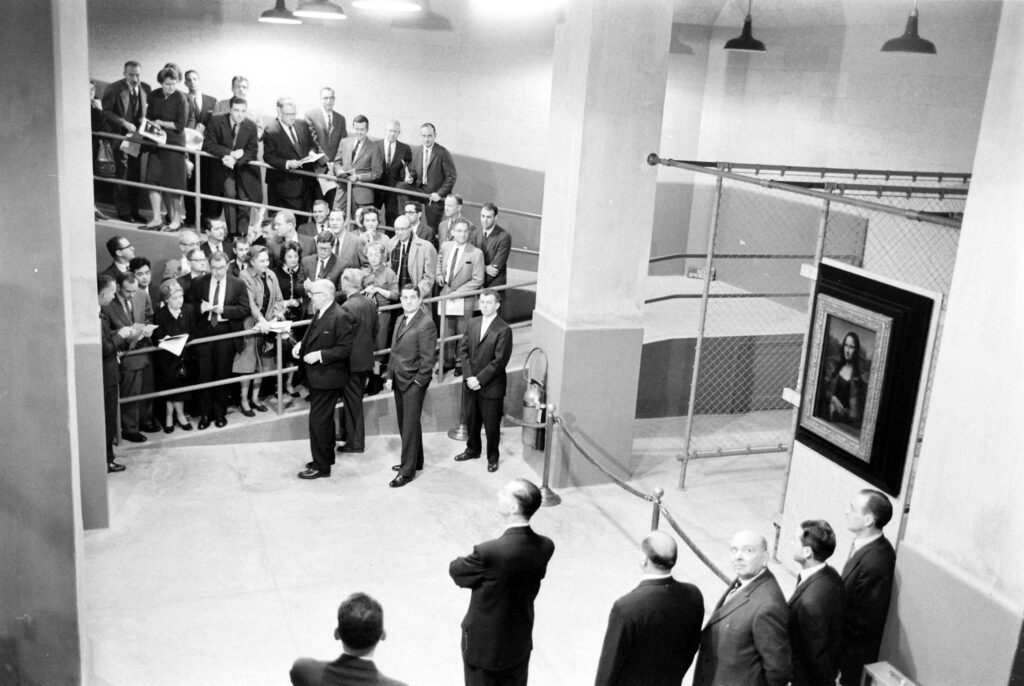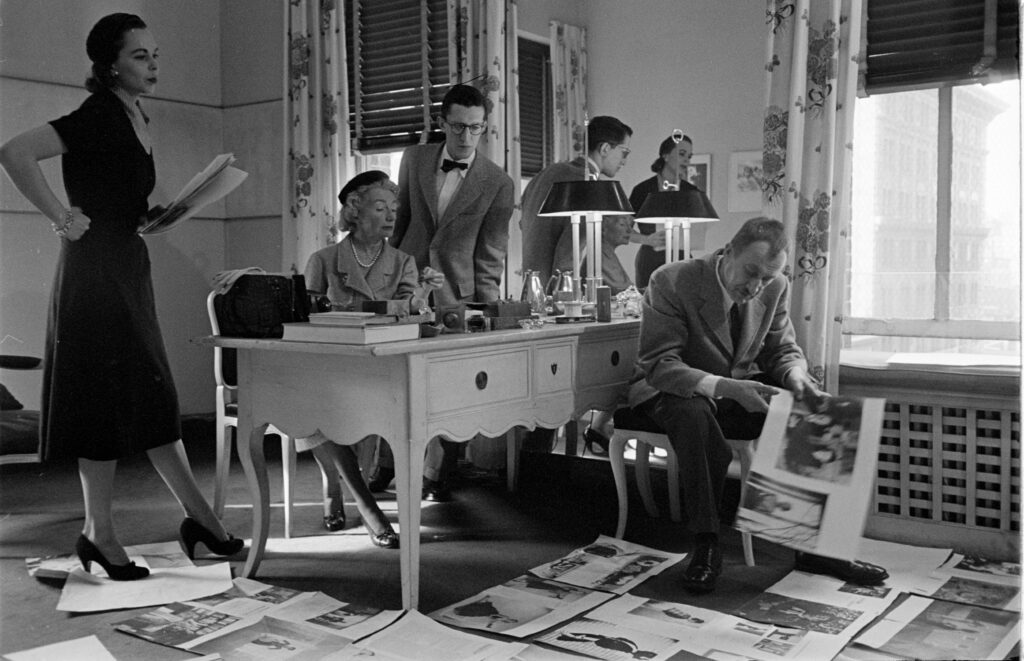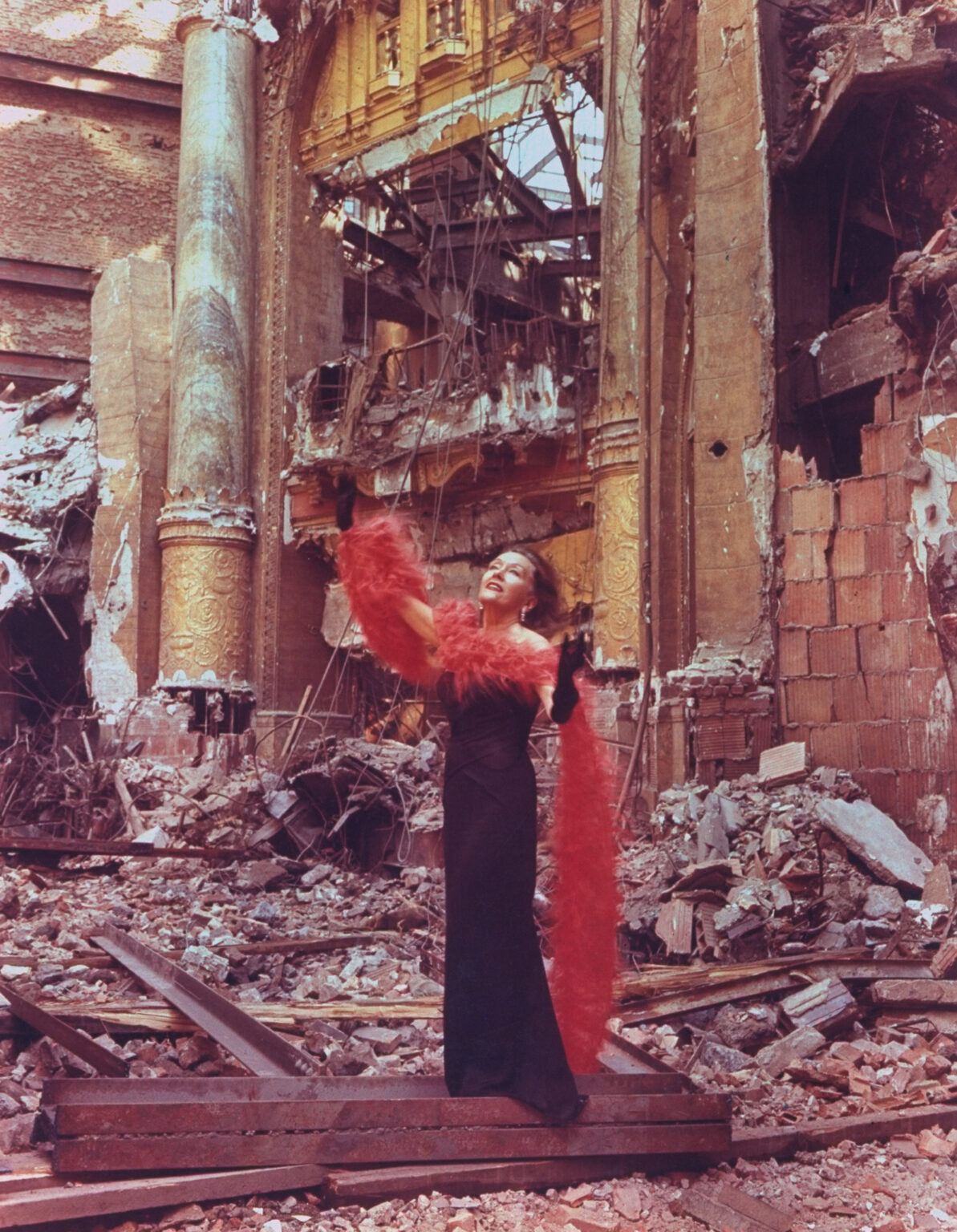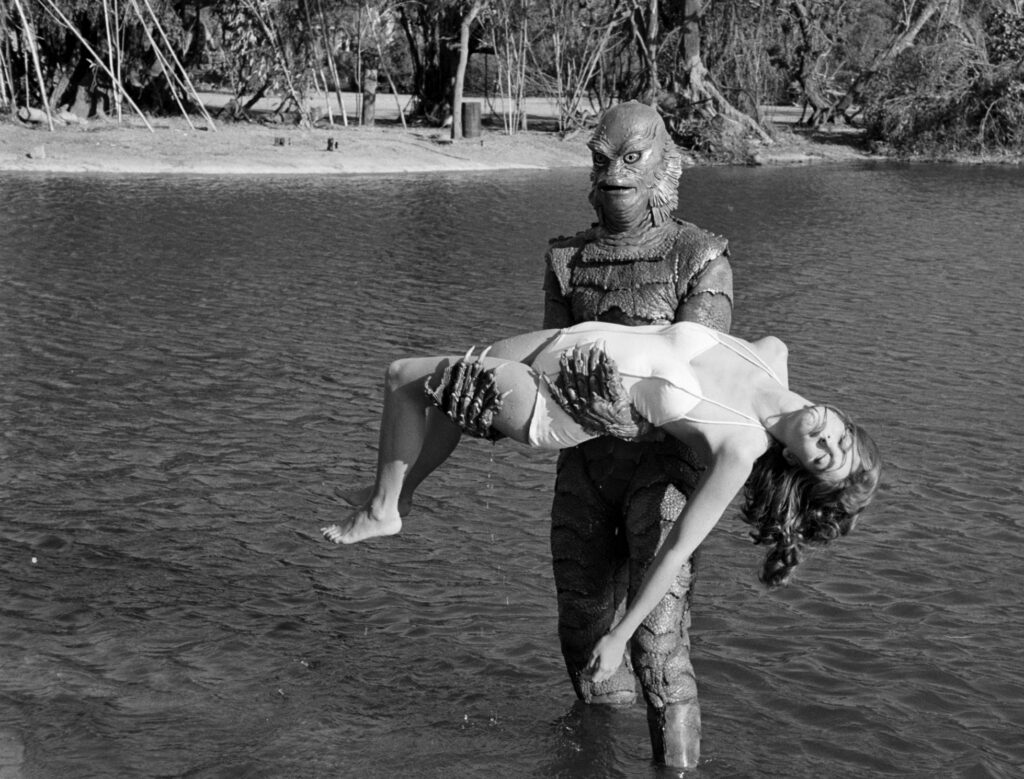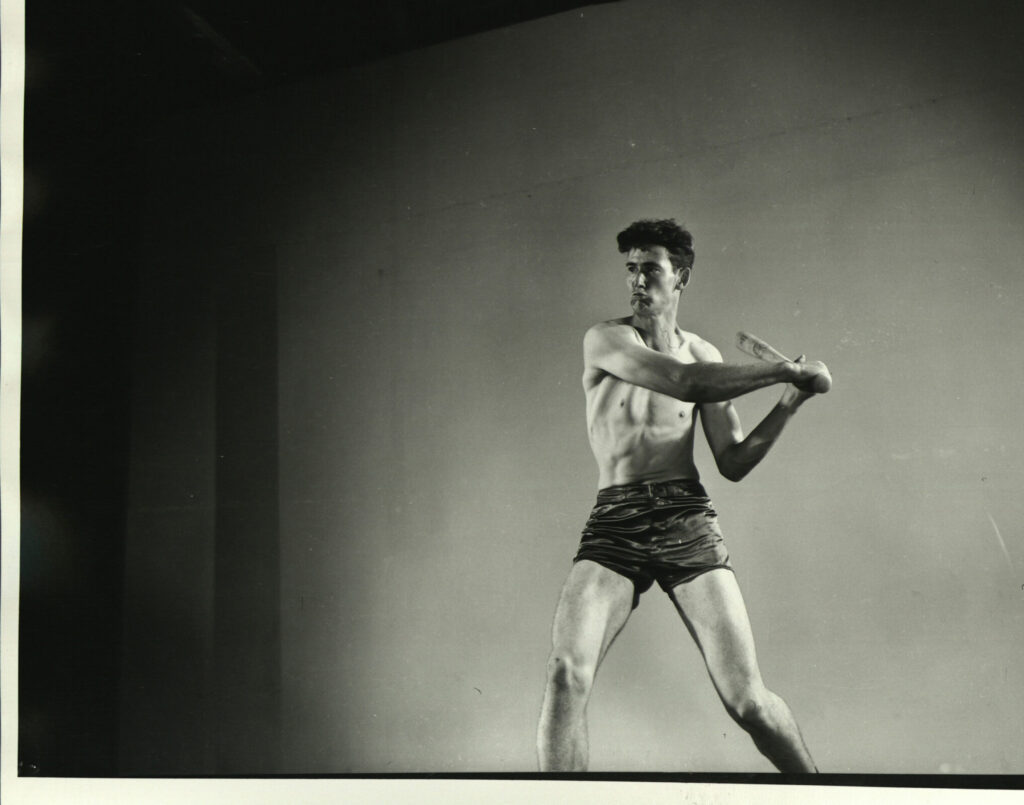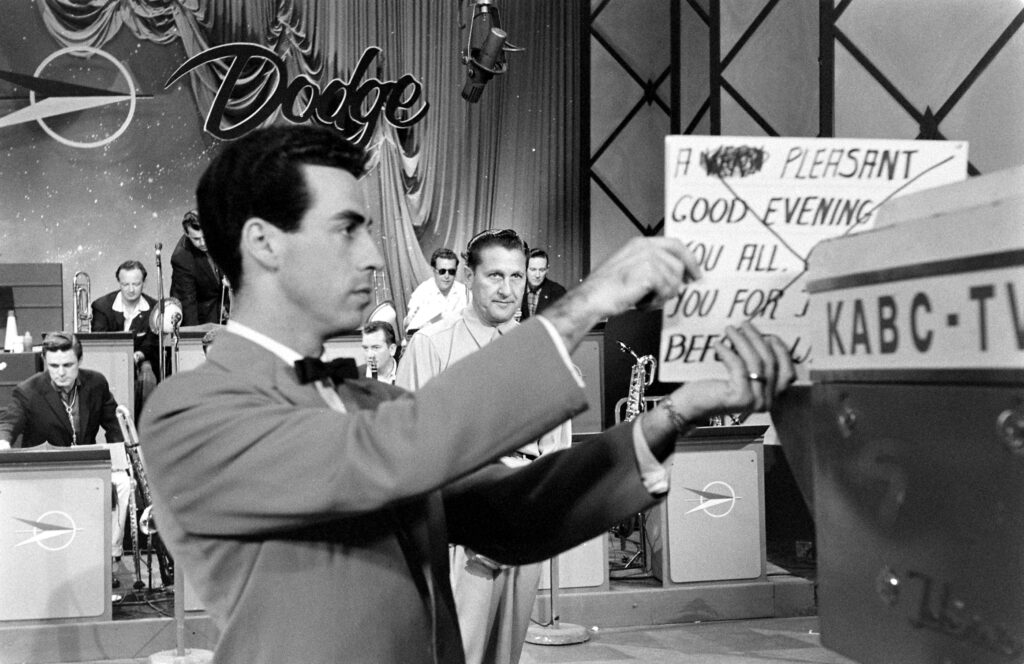If you don’t think Babe Ruth was a head of state—well, you’re right in the most literal sense. He was a ball player.
But in another sense, he was absolutely a head of state. It’s just not the kind of state that you can find on a map. His state was baseball, and he ruled it like no other. And that mattered to a lot of people, especially in the middle parts of the last century, when baseball was the undisputed national pastime. “It wasn’t that he hit more home runs than anybody else,” said legendary sportswriter Red Smith. “he hit them higher, better, farther, with more theatrical timing and a more flamboyant flourish.”
And so when when the Yankee slugger died from cancer at the age of 53, he received the kind of tribute normally reserved for kings and presidents. His funeral was a multi-day, multi-site affair, with the locations including St. Patricks Cathedral in midtown Manhattan, Westchester County’s Gate of Heaven Cemetery (whose other internees include James Cagney, Sal Mineo and Ralph Branca), and Yankee Stadium.
In the report on his funeral in the Aug. 20, 1948 issue, LIFE expounded on the unique place of the Babe in American culture. “In his 53-year lifetime he won a unique hold on U.S. affections,” LIFE wrote of the man who told sick kids he would hit home runs for them and came through. “…”The Babe loved applause as much as he did hot dogs, and he personified that spectacular age of U.S. sports, the 1920s,” And as LIFE pointed out, the other big sports stars of the 20s—Bill Tilden, Bobby Jones, Jack Dempsey—didn’t linger in the American imagination anywhere close to the way Ruth did.
And that is why the crowds assembled, and that is why LIFE assigned two staff photographers to the event, Cornell Capa and Martha Holmes. Some of the pictures capture the pomp of the moment. Some capture deeper emotion. What, ff happening behind the eyes of Joe DiMaggio, the Yankee legend who was at St. Patrick’s Cathedral and was the rare person who could see Ruth as a peer?
But the most poignant pictures are the ones that were taken at Yankee Stadium, where Ruth lay in state for two days in an open casket. The mourners are young and old, male and female, some dressed formally but most in their everyday clothes. An estimated 100,000 fans came by to see the Babe one last time in the House That Ruth Built.

Babe Ruth’s funeral at St. Patrick’s Cathedral in New York, 1948.
Martha Holmes/LIFE Picture Collection/Shutterstock

Babe Ruth’s funeral, 1948.
Martha Holmes/LIFE Picture Collection/Shutterstock

Babe Ruth’s Funeral, 1948.
Cornell Capa/LIFE Picture Collection/Shutterstock

Men standing solemnly outside St. Patrick’s Cathedral for funeral of baseball player Babe Ruth, 1948.
Cornell Capa/LIFE Picture Collection/Shutterstock

Joe Dimaggio at the funeral for Babe Ruth, 1948.
Cornell Capa/LIFE Picture Collection/Shutterstock

Babe Ruth’s funeral, 1948.
Cornell Capa/LIFE Picture Collection/Shutterstock

Babe Ruth’s funeral, 1948.
Cornell Capa/LIFE Picture Collection/Shutterstock

Mourners standing behind police barricade during funeral for baseball player Babe Ruth, 1948.
Cornell Capa/LIFE Picture Collection/Shutterstock
![Babe Ruth [Death]](data:image/svg+xml,%3Csvg%20xmlns='http://www.w3.org/2000/svg'%20viewBox='0%200%200%200'%3E%3C/svg%3E)
Babe Ruth [Death]
People standing outside receiving tomb at the Gate of Heaven Cemetery after conclusion of funeral for baseball player Babe Ruth.

Babe Ruth’s funeral, 1948.
Martha Holmes/LIFE Picture Collection/Shutterstock

Babe Ruth’s funeral, 1948.
Martha Holmes/LIFE Picture Collection/Shutterstock

Babe Ruth’s funeral, 1948.
Martha Holmes/LIFE Picture Collection/Shutterstock

Mourners praying during funeral for baseball player Babe Ruth, 1948.
Martha Holmes/LIFE Picture Collection/Shutterstock

People taking souvenir flowers after funeral for baseball player Babe Ruth, 1948.
Cornell Capa/LIFE Picture Collection/Shutterstock

Flags flying at half mast on top of Yankee Stadium following the death of Babe Ruth, 1948.
Cornell Capa/LIFE Picture Collection/Shutterstock

Mourners filing past body of baseball player Babe Ruth lying in state at Yankee Stadium, 1948.
Cornell Capa/LIFE Picture Collection/Shutterstock

Mourners pass the casket of Babe Ruth, lying in state at Yankee Stadium, 1948.
Cornell Capa/LIFE Picture Collection/Shutterstock

A mourner passes the casket for Babe Ruth, lying in state at Yankee Stadium, 1948.
Cornell Capa/LIFE Picture Collection/Shutterstock

A mourner passes the casket for Babe Ruth, lying in state at Yankee Stadium, 1948.
Cornell Capa/LIFE Picture Collection/Shutterstock

Babe Ruth lying in state at Yankee Stadium, 1948.
Cornell Capa/LIFE Picture Collection/Shutterstock

Babe Ruth lying in state at Yankee Stadium, 1948.
Cornell Capa/LIFE Picture Collection/Shutterstock

Babe Ruth lying in state at Yankee Stadium, 1948.
Cornell Capa/LIFE Picture Collection/Shutterstock

Babe Ruth lying in state at Yankee Stadium, 1948.
Cornell Capa/LIFE Picture Collection/Shutterstock








![Babe Ruth [Death]](https://static.life.com/wp-content/uploads/2022/09/19172207/00691485-686x1024.jpg)























































































